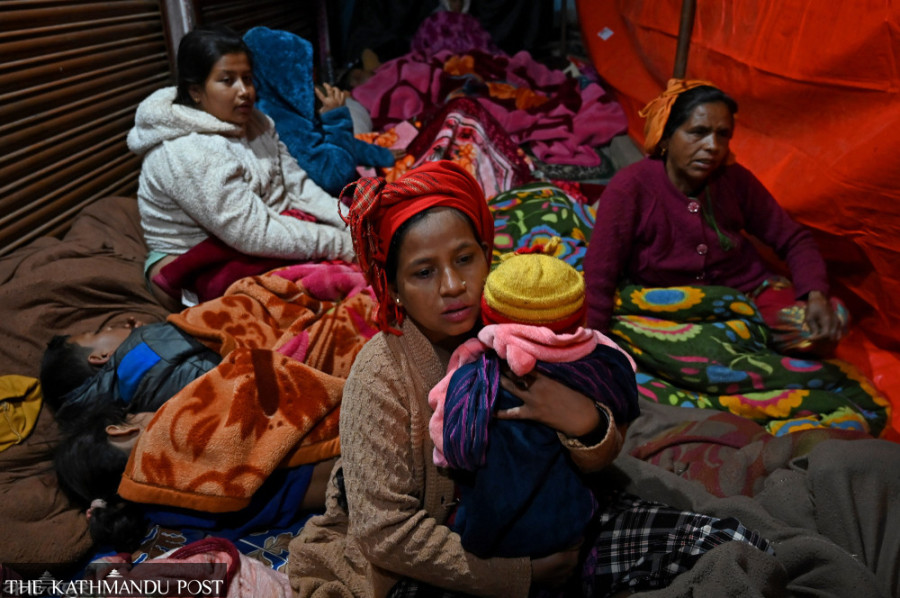Editorial
Disaster and disease
Preventing the quake-affected from falling ill is a top priority and a challenge for local authorities.
Natural disasters, when they come, don’t come alone. Besides bringing immediate death and destruction, they often invite communicable diseases. The recent magnitude 6.4 earthquake that killed 153 people and injured many in Jajarkot and Rukum West districts has raised concerns among health experts about the possible outbreaks of infectious diseases there, as happens in the aftermath of any big earthquake, flood or landslide in Nepal. Preventing people from catching diseases is a top priority as well as a challenge for the local authorities.
Reportedly, aftershocks and damaged infrastructure, including houses and toilets, have added to the problem in quake-hit areas, forcing people to live in open spaces in the face of increasing cold. This could lead to cold-related illnesses and water-borne diseases like malaria, kala-Azar, dengue, scrub typhus and others. Further, children, older people and pregnant women are especially vulnerable to malnutrition. Jajarkot, a remote and underdeveloped district has, in fact, dealt with many health crises in recent memory, including a 2009 diarrhoea outbreak that killed 111 people and infected over 6,000 people, and a cholera outbreak in 2016. Given their vulnerability to diseases as well as poor awareness, poverty and education, it is imperative to strengthen disaster aftermath preparedness in quake-affected areas in Jajarkot and adjoining districts.
However, Nepal lacks a robust disease surveillance system, which, as per the World Health Organization, is essential for detecting disease outbreaks immediately before they spread, take lives and get out of hand. Such surveillance improves disease outbreak detection post-disaster. Moreover, the WHO document on communicable diseases following natural disasters examines how disasters can make water unsafe, leading to diarrheal diseases, such as the 17,000 cases recorded in Bangladesh after flooding in 2004 and the cholera epidemic in West Bengal in 1998. It further explores how sanitation facilities, crowding, underlying health status and the availability of healthcare services all contribute to the risk of communicable diseases.
The local authorities in the Jajarkot and Rukum West districts have done commendable frontline rescue work after the quake. However, they should further identify common diseases in the area and make people aware of potential risks. Emergency primary health care should be made available, along with safe water and adequate sanitation facilities, enough nutrition, warm clothes and decent temporary settlements. The physical and mental well-being of the survivors should also be taken into consideration in the aftermath of disasters. Local authorities must back up health care services in the areas with support from the central government.
Given the risk of another major earthquake in Western Nepal, the central government should not delay strengthening the disease surveillance system and its disaster preparedness mechanism. What’s more, given the big role of local authorities in disaster management, including public health emergencies, they should be equipped with sufficient health care facilities and personnel. The focus should be on accurate risk management communication, speedy infrastructure reconstruction and rehabilitation of affected populations. Nepal witnessed a rise in scrub typhus cases and large diarrheal outbreaks in the aftermath of the 2015 earthquakes. Now is the time to work to prevent such outcomes in quake-hit areas of Western Nepal.




 11.12°C Kathmandu
11.12°C Kathmandu














